Archaeologists Discover Skulls of 13,600-Year-Old Mammal in Iowa
Researchers have discovered a well-preserved skull belonging to an extinct mastodon after scouring the depths of a creek in the state of Iowa. The find is the first of its kind in the state.
Based on initial predictions, researchers suggest the ancient skull could be well over 13,600 years old. This discovery could provide researchers with valuable insight into mammals who wandered North America during the tail end of the last great ice age.
American Mastodons
For millions of years, enormous elephant-like mammals known as American Mastodons or Mammut americanum roamed the plains of the US.
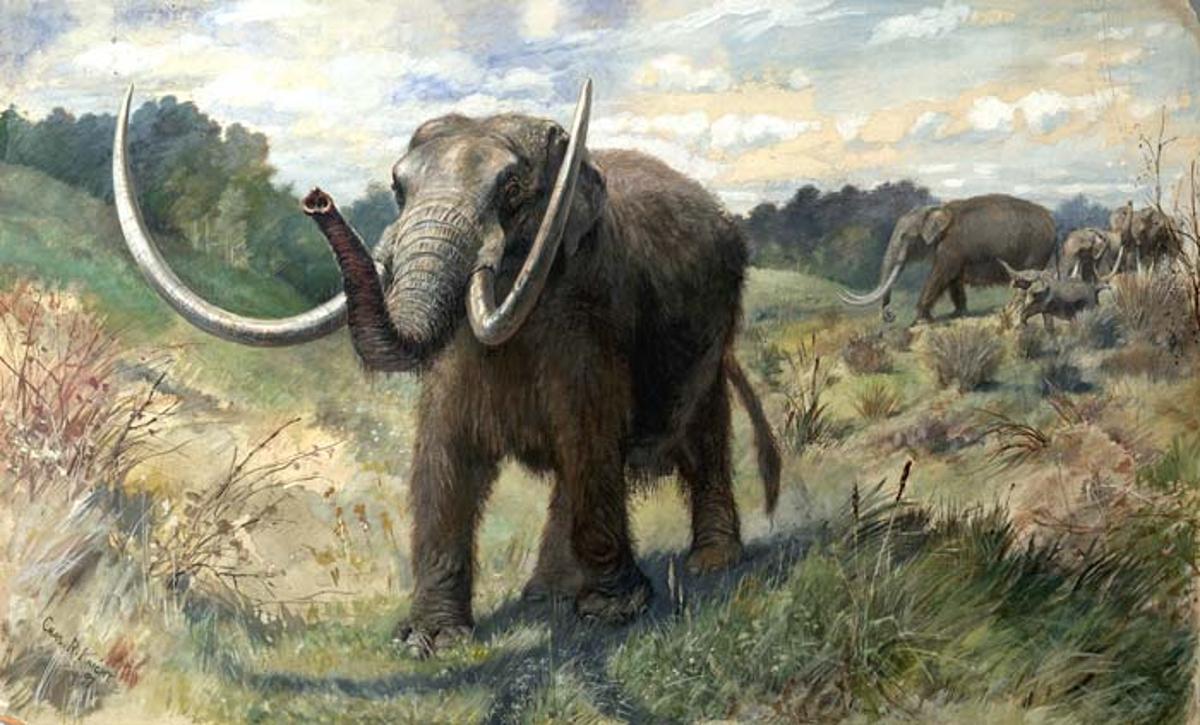
Source: Wikimedia
These enormous mammals preferred living in cool woodlands. They evolved unique teeth that were well suited to sourcing sustenance from leaves and twigs. Unlike modern Asian elephants, both the male and female members of the species had enormous tusks.
Distant Cousins of Wooly Mammoths
According to researchers, the mastodons that lived throughout the US were considerably smaller than their cousins, the wooly mammoths, known to scientists as Mammuthus primigenius.
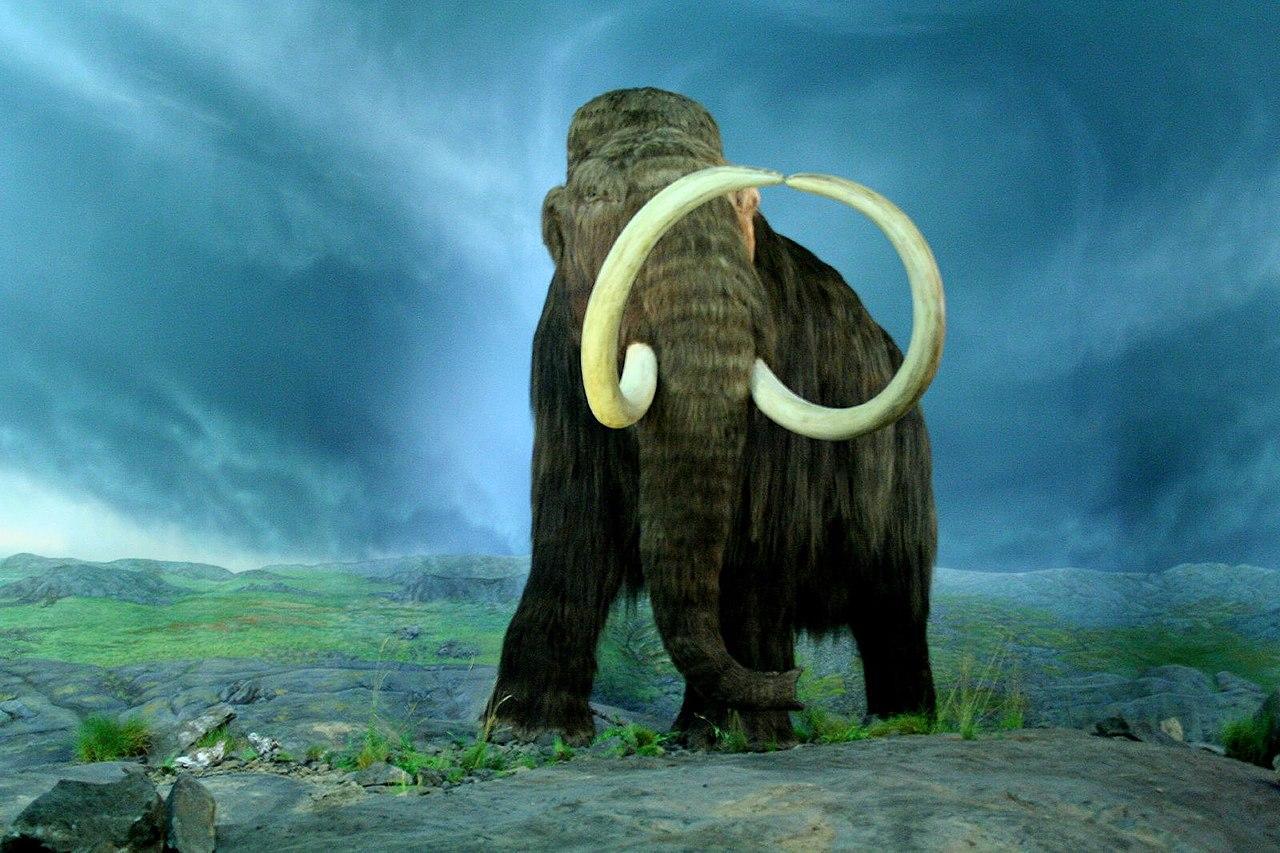
Source: Wikimedia
Full-grown male mastodons typically weighed around four tons, whereas wooly mammoths could weigh an average of five to six tons.
The Extinction of Mastodons
Despite being widespread throughout North America, from Central Mexico to Alaska in the north, mastodons eventually went extinct around 13,000 years ago.
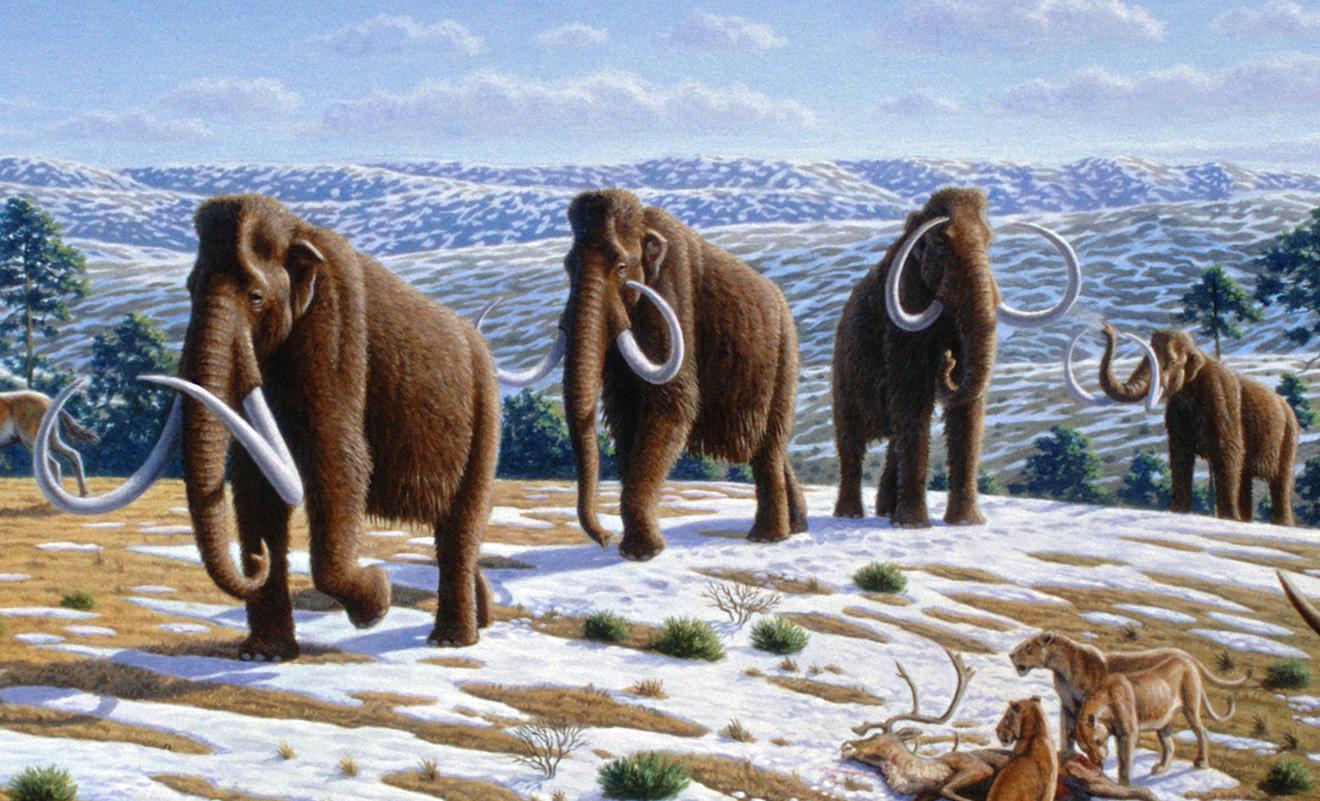
Source: Wikimedia
According to the San Diego Natural History Museum, mastodons began to die out just before the end of the last ice age, which occurred some 11,700 years ago. The museum blames their demise on climatic issues and the presence of humans who hunted the animals extensively.
The First of Its Kind in Iowa
The fossilized remains of these enormous mammals have been pulled from the dirt and rivers throughout the US. More recently, a team of researchers retrieved a well-preserved skull from a creek in Iowa dating back 13,600 years.

Source: Iowa Archaeology/Facebook
The discovery marks the first time any kind of mastodon fossils have been unearthed in the state.
Locals Report Unusual Bone in the Creek
Several years ago, researchers were directed to the site by locals of Wayne County, who stumbled upon the remains of an extremely large animal protruding from the water.
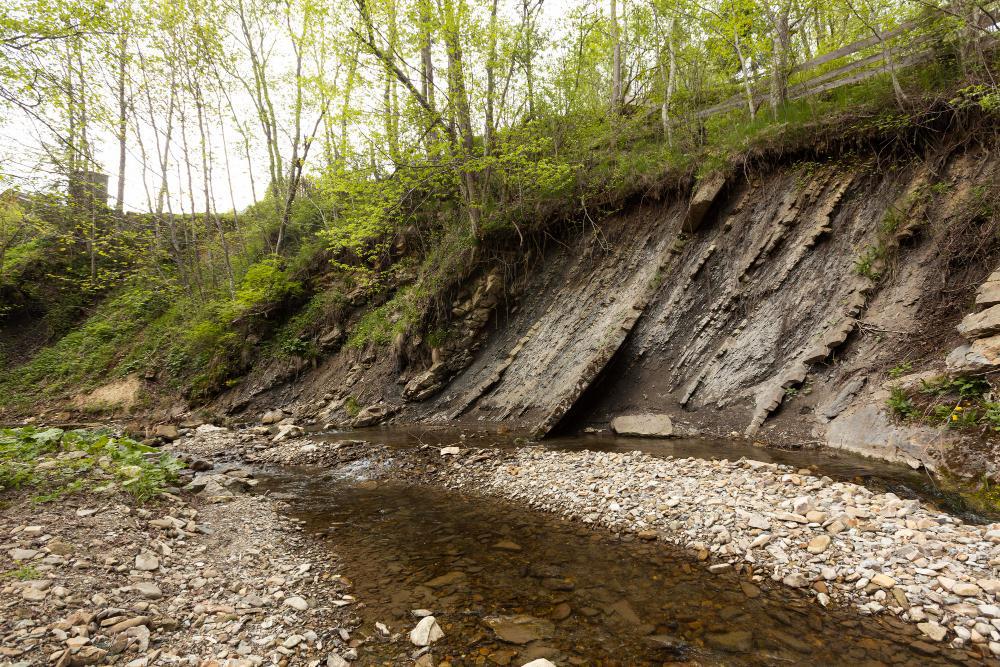
Source: Wikimedia
Archaeologists later examined the bone and discerned it was a femur that belonged to the extinct species of mammal, which resulted in a larger investigation at the site in hopes of uncovering more mastodon remains.
Archaeologists Discover a Mastodon Skull
Recently, archaeologists confirmed the discovery of a large mastodon skull with a portion of the tusk still attached. They theorize that it belongs to the same animal as the femur previously mentioned.
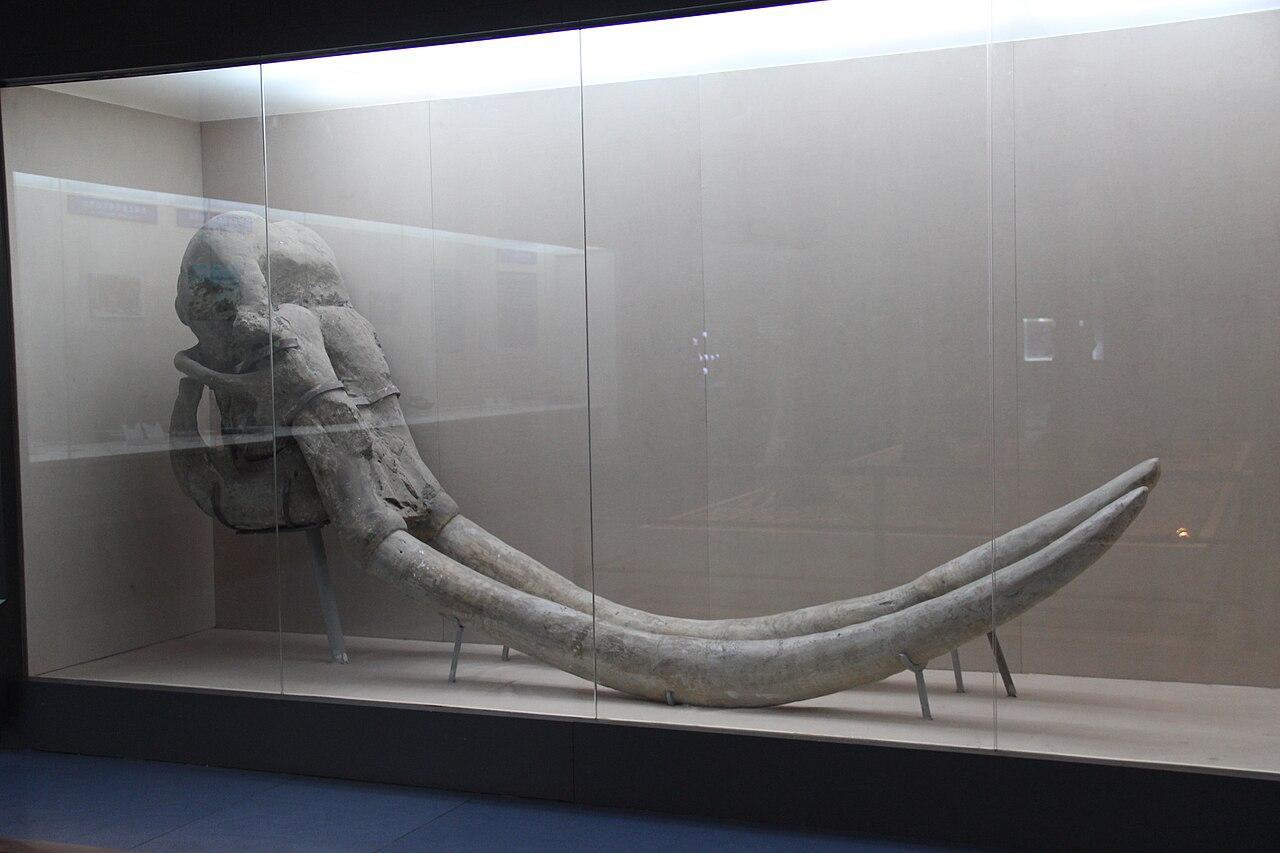
Source: Wikimedia
As of yet, researchers admit they are uncertain how the animal died, but they suspect early humans may have played a role in its death.
University Conducts Investigation Into the Death of the Mastodon
In a statement, John Doershuk, director and state archaeologist at the University of Iowa Office of the State Archaeologist, who took part in the excavation, explained that researchers are currently exploring the possibility that humans butchered the mastodon.

Source: Iowa Archaeology/Facebook
“We’re really hoping to find evidence of human interaction with this creature — perhaps the projectile points and knives that were used to kill the animal and do the initial butchering,” he said.
Human Tool Marks on the Mastodon Bones?
After studying the remains of the mastodon, researchers note the presence of unique marks on the bones that could be indicative of human tools that were used to kill and butcher the animal.
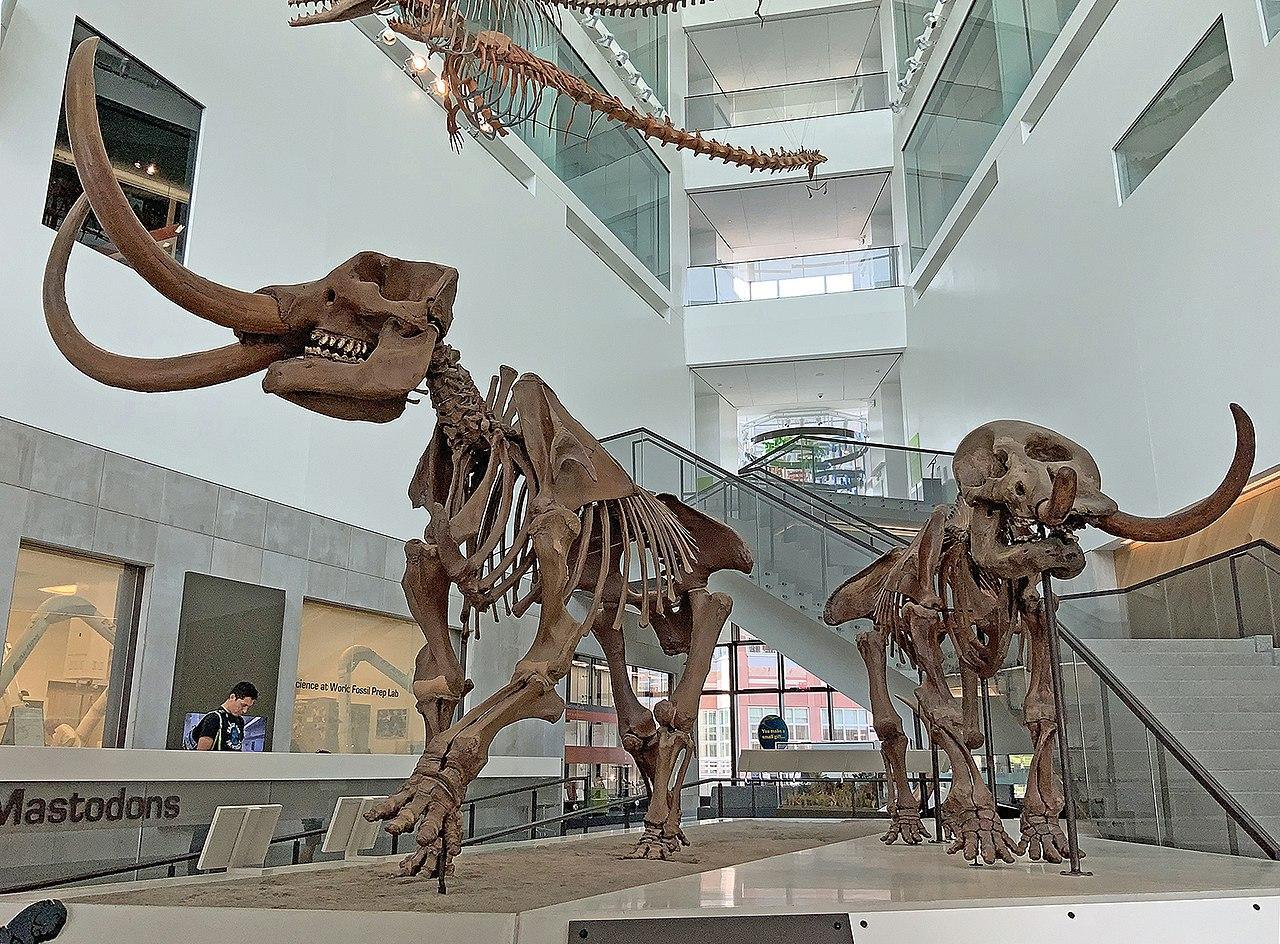
Source: Wikimedia
“There’s also potential evidence on the bones themselves,” Doershuk said, adding that “there could be identifiable cut marks.”
Human Tools Discovered Alongside Mammoth Tusk
The excavation conducted at the creek in Iowa also produced a significant amount of human-made artifacts, including several stone tools that predate the mastodon’s death by several thousand years.
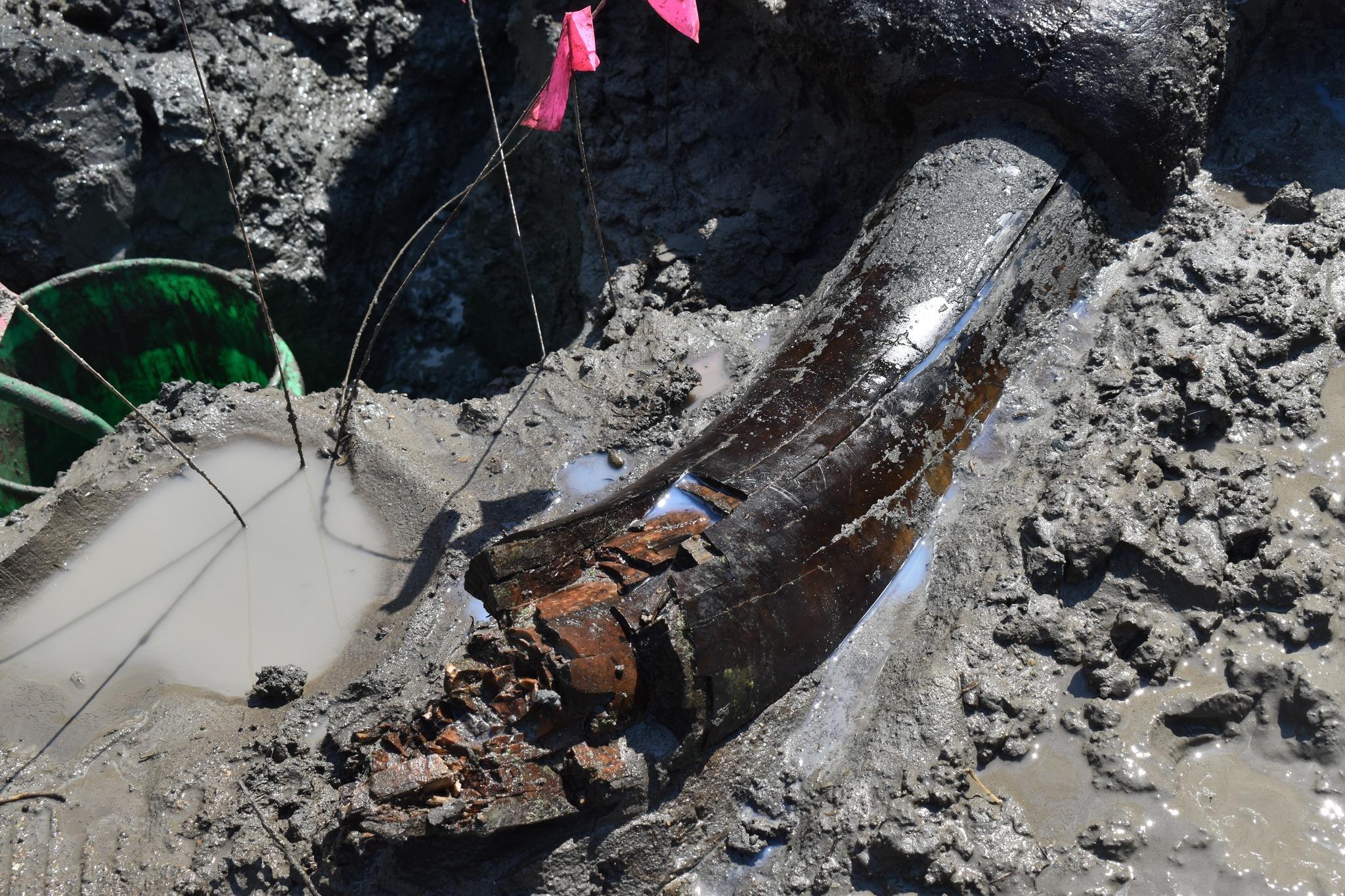
Source: Iowa Archaeology/Facebook
Archaeologists were fascinated by the discovery of human tools, as until that point, no humans had ever been discovered in the vicinity surrounding the creek.
The Most Complete Mastodon Skeleton Ever Discovered in the US
While researchers uncovered a skull and other parts of the mastodon from the Iowa creek, it was far from a complete skeleton.
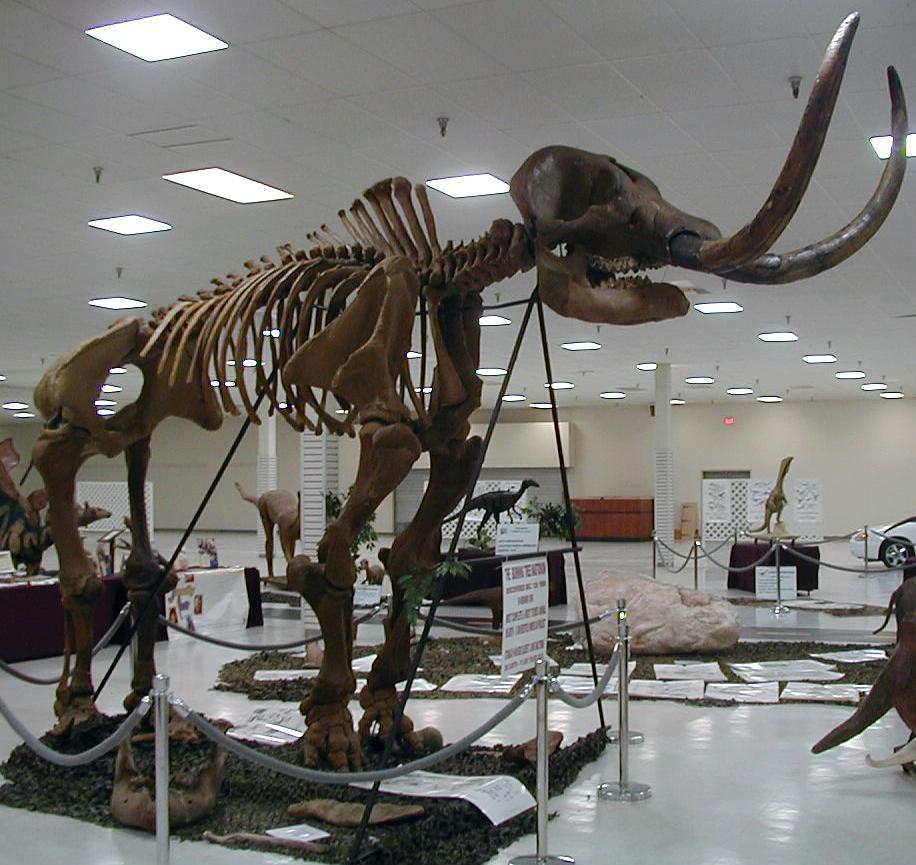
Source: Wikimedia
However, over 35 years ago, a team of archaeologists unearthed a near-complete mastodon skeleton at the Burning Tree Golf Course south of Heath in Licking Township, Licking County, Ohio.
11,500 Year Old Mastodon Skeleton
Despite being discovered in the US, the skeleton was eventually sold to Japan, but not before several casts of the mastodon remains were made.
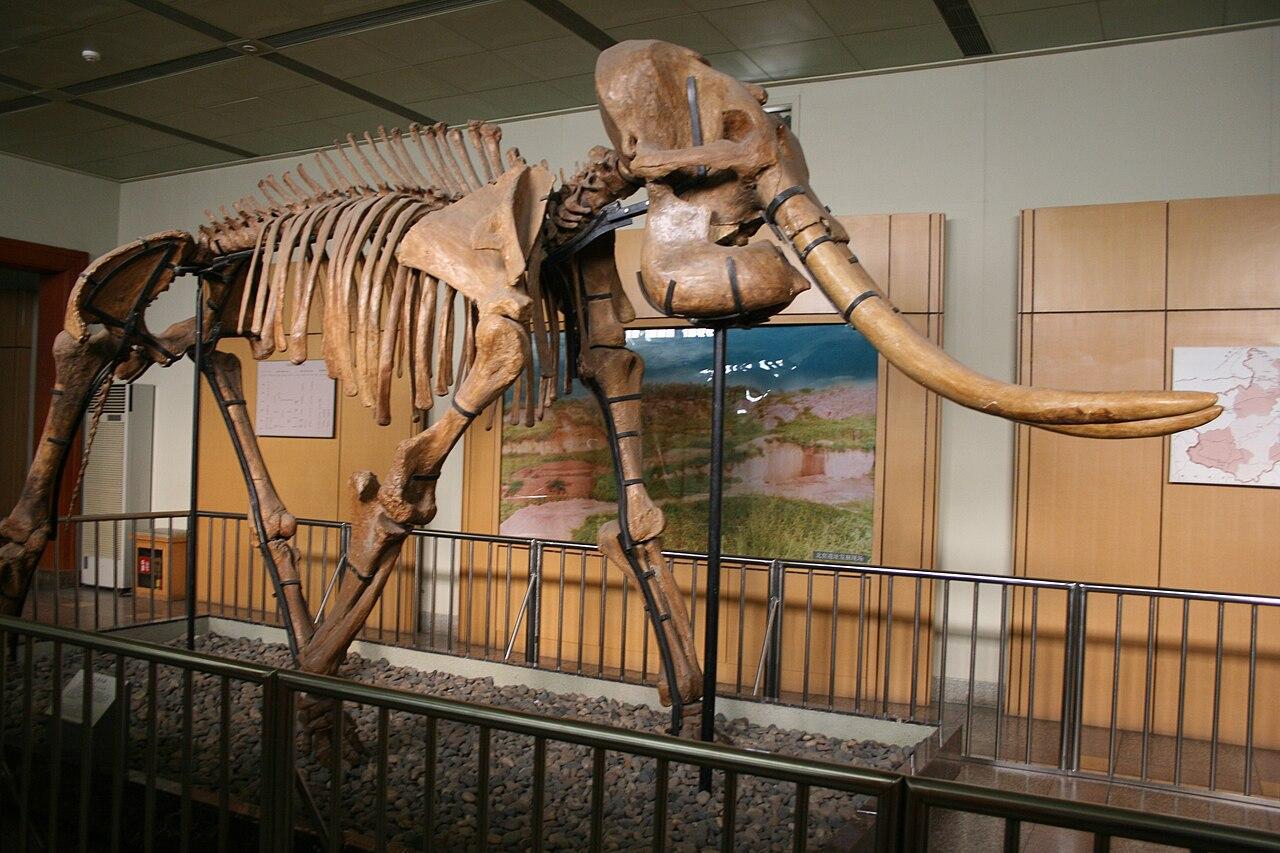
Source: Wikimedia
According to researchers, the skeleton dates around 11,500 years before the present day, to a time when humans lived in the same part of Ohio. Currently, the original Burning Tree Mastodon skeleton is in a museum in Japan.
